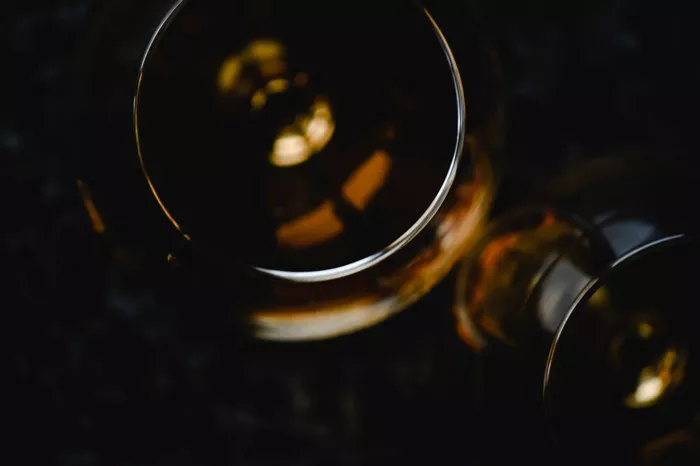In the world of winemaking, the adage “what’s old is new” holds true as traditions from yesteryears experience a resurgence. The art of fermentation and aging in concrete tanks, once the preference of French winemakers during the 1950s and ’60s, temporarily yielded to the dominance of stainless steel fermentation and aging tanks in the 1980s. However, in contemporary times, the use of concrete is experiencing a renaissance, finding favor once more in the winemaking landscapes of Europe and the United States.
Advocates of concrete vessels extol their porous nature and neutral quality, which they claim enhance the intrinsic flavors of wine, giving it a unique character.
Yet, while concrete enjoys a revival, it’s not the only ancient technique making a comeback. The spotlight now turns to the countries of Georgia and Armenia, where winemakers have been harnessing the power of tradition for millennia.
In Georgia, winemaking takes a distinctive turn with a method that involves fermentation and aging in “qvevri” or clay amphora-like vessels, carefully buried in the earth. What sets this practice apart from the current fascination with concrete fermentation vessels is its remarkable longevity. Georgian winemakers have been employing this technique for an astonishing 8,000 years.
Approximately 10% of Georgian wines are crafted in qvevri, making Georgia the world’s most renowned proponent of this age-old winemaking method. The country’s profound connection with qvevri winemaking lies in its rich history, making Georgia a standout among nations that continue to preserve and celebrate their winemaking heritage.
The resurgence of these ancient winemaking traditions in the heart of the Caucasus Mountains is a testament to the enduring allure of wine culture and the deep-rooted connection between history, heritage, and the art of winemaking. As Georgia and Armenia embrace their unique contributions to the world of wine, enthusiasts and connoisseurs alike are granted a glimpse into a timeless and captivating journey of flavor, texture, and tradition.


